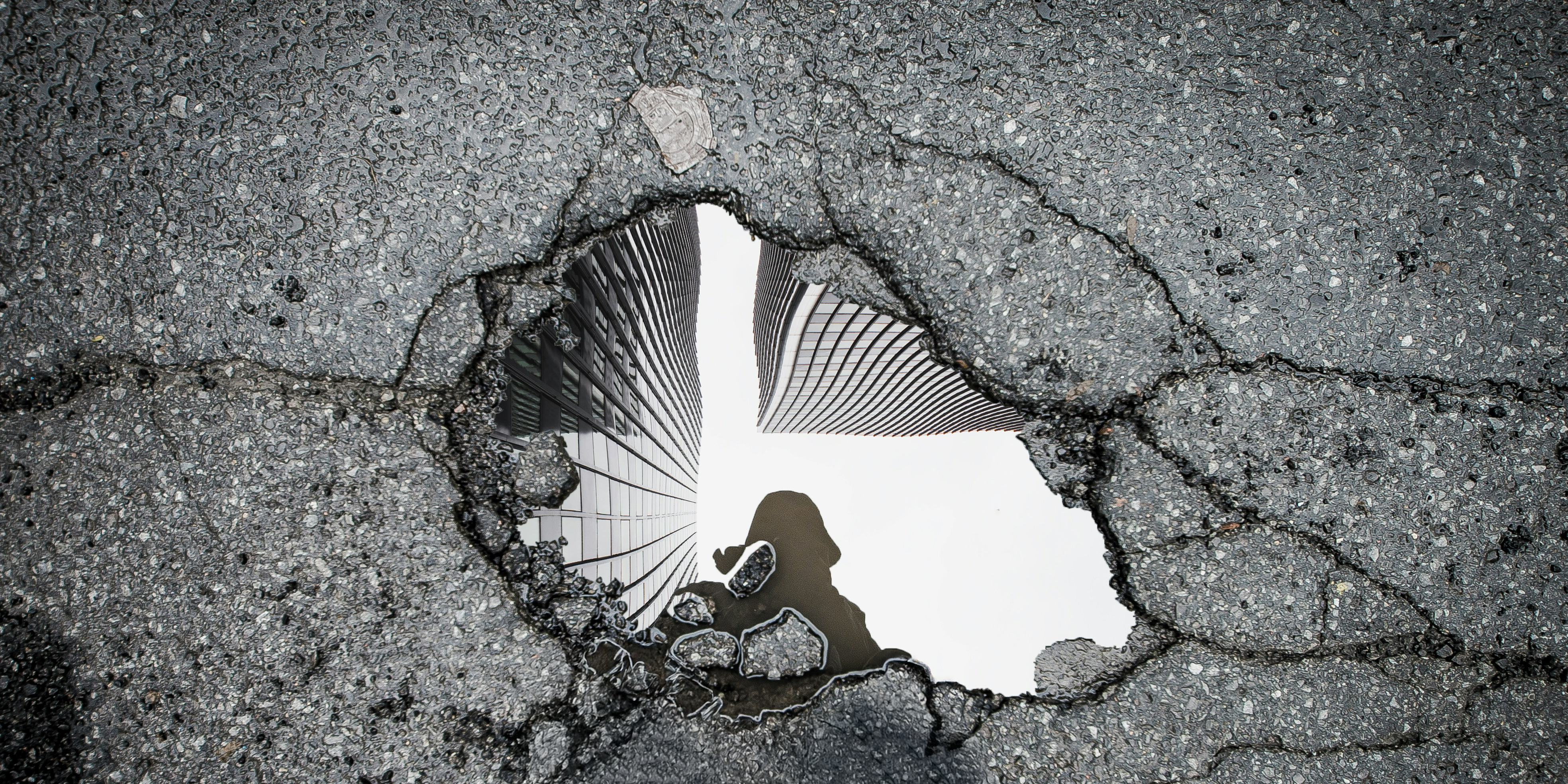
Published on 18 February 2025
The UK’s pothole problem is well-known, but a groundbreaking new project in Cambridge is aiming to change the way we maintain our roads—and prevent dangerous potholes before they even appear.
Working with the Greater Cambridge Partnership, Professor Ioannis Brilakis is introducing AI and advanced scanning techniques to predict and prevent road damage before it evolves into dangerous potholes. The project includes creating a "digital twin" of Cambridge’s roads—a comprehensive, AI-analysed map that identifies and categorises road defects such as cracks, rutting, and shoving. The goal is to monitor and maintain road conditions proactively, utilising data from sensor-equipped vehicles to continuously update the map and pinpoint emerging problems.
Key Innovations:
- AI-Powered Road Analysis: Cambridge is becoming the first city in the UK to have its roads scanned and analysed by AI that can predict where potholes are likely to appear.
- Proactive Repairs: The aim is to use these insights to fix minor cracks and defects before they evolve into hazardous potholes—saving time, money, and lives.
- Self-Repairing Roads: Research is also underway to develop materials that can "heal" themselves, further reducing the need for extensive repairs.
This innovative approach could be a game-changer for road maintenance globally, making cities smarter, more sustainable, and safer for everyone.
Brilakis' involvement in this forward-thinking project reflects the power of interdisciplinary collaboration in solving long-standing infrastructure issues. The goal is not just to fix roads but to rethink how we manage and maintain our public infrastructure, paving the way for smarter cities and more efficient resource use.
The potential impacts are far-reaching: reduced costs, fewer traffic disruptions, and enhanced road safety. This is the future of road maintenance—driven by AI, robotics, and innovative engineering.
Read the full article at The Times.
The text in this work is licensed under a Creative Commons Attribution 4.0 International License.
